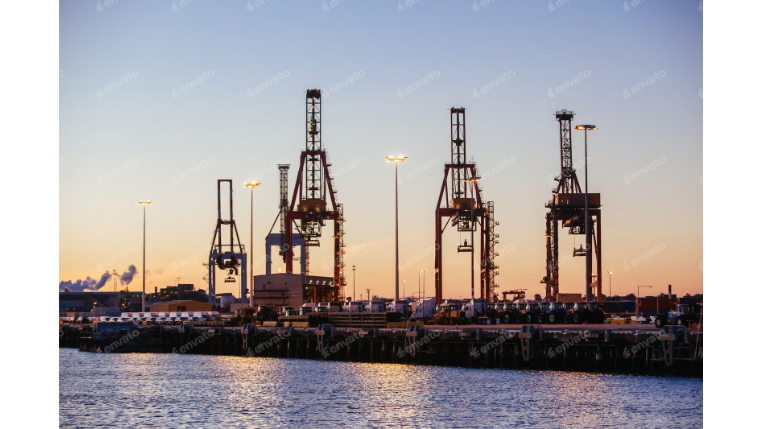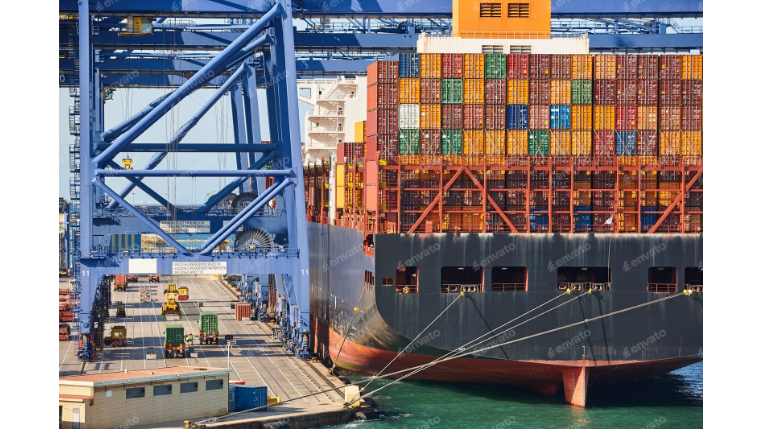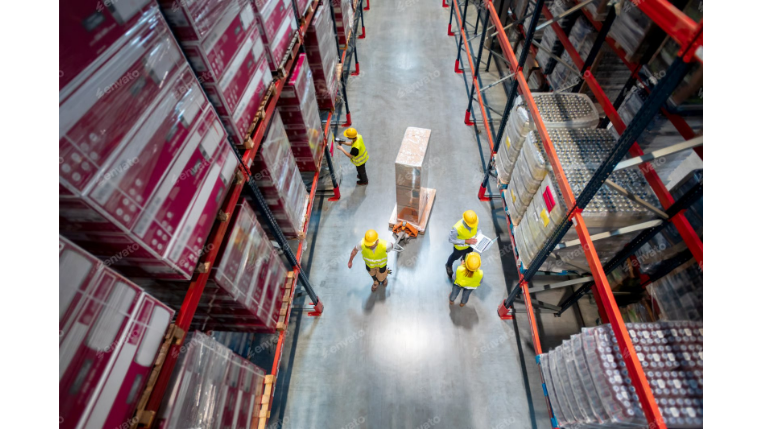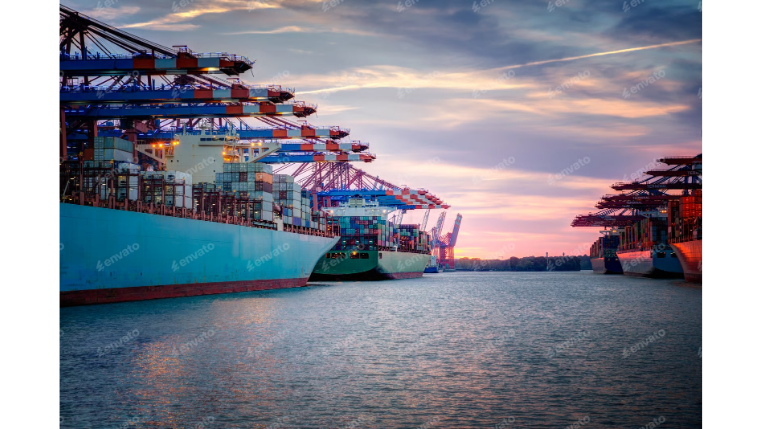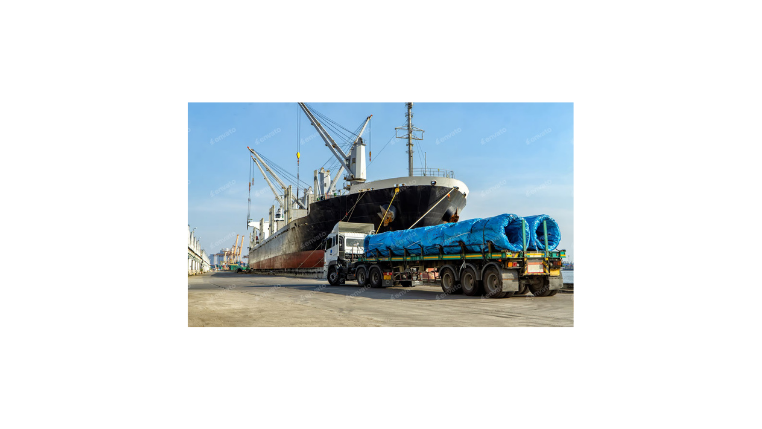Understanding the Automated Manifest System (AMS)
The Automated Manifest System (AMS) is a digital platform that enables the electronic filing of import and export data by shippers, carriers, and freight forwarders. It provides a streamlined and efficient way to transmit shipment information to U.S. Customs and Border Protection (CBP). By using AMS, businesses can easily comply with customs regulations and expedite the clearance process.
AMS allows for the electronic submission of various documents, such as the bill of lading, commercial invoice, and packing list. It captures essential information about the cargo, including the consignee, shipper, commodity description, and quantity. This data is vital for CBP to assess duties, enforce trade laws, and ensure the security of the supply chain.
With AMS, businesses can track and trace their shipments in real-time, providing visibility and transparency throughout the logistics process. This visibility helps identify potential delays or issues and allows for proactive problem-solving. AMS also facilitates communication between all parties involved in the shipment, reducing the risk of errors and miscommunication.
By implementing AMS, businesses can streamline their logistics operations, reduce paperwork, and eliminate manual data entry. This automation not only saves time and resources but also minimizes the risk of human error. Additionally, AMS enhances data accuracy and consistency, leading to improved compliance with customs regulations.
Overall, the Automated Manifest System (AMS) is a critical tool for streamlining logistics and improving efficiency in the supply chain. It simplifies the filing of import and export data, provides real-time visibility, and enhances communication between stakeholders. By leveraging AMS, businesses can optimize their operations and achieve a competitive edge in the global marketplace.
Benefits of Implementing Automated Manifest System (AMS)
Implementing the Automated Manifest System (AMS) offers several benefits for businesses involved in international trade. Here are some key advantages of using AMS:
- Increased Efficiency: AMS eliminates the need for manual paperwork and data entry, streamlining the customs clearance process. This automation reduces processing times, improves accuracy, and enables faster cargo release.
- Enhanced Compliance: AMS ensures compliance with customs regulations by capturing and transmitting accurate and complete shipment data. This reduces the risk of penalties, fines, and delays associated with non-compliance.
- Improved Visibility: With AMS, businesses can track their shipments in real-time and access up-to-date information about the status and location of their cargo. This visibility allows for better planning, scheduling, and decision-making.
- Cost Savings: By reducing paperwork, minimizing errors, and accelerating the clearance process, AMS helps businesses save time, resources, and costs associated with manual processes.
- Competitive Advantage: Implementing AMS demonstrates a commitment to efficiency, compliance, and customer satisfaction. It positions businesses as reliable partners in the supply chain, attracting more customers and enhancing their reputation.
By leveraging the benefits of AMS, businesses can optimize their logistics operations, reduce costs, and gain a competitive edge in the global marketplace.
Key Features of Automated Manifest System (AMS)
The Automated Manifest System (AMS) offers several key features that enhance the efficiency and effectiveness of logistics operations. Some of these features include:
- Electronic Data Transmission: AMS allows for the electronic submission of import and export data, eliminating the need for paper-based documentation. This digital transmission enables faster processing, reduces errors, and enhances data accuracy.
- Real-Time Tracking and Tracing: AMS provides real-time visibility into the movement and location of shipments. Businesses can track their cargo throughout the logistics process, allowing for proactive problem-solving and improved customer service.
- Communication and Collaboration: AMS facilitates communication between shippers, carriers, freight forwarders, and customs authorities. It enables the exchange of information, documents, and status updates, reducing the risk of miscommunication and delays.
- Compliance Management: AMS helps businesses ensure compliance with customs regulations by capturing and transmitting accurate and complete shipment data. It validates data against regulatory requirements, reducing the risk of non-compliance and associated penalties.
- Reporting and Analytics: AMS provides access to comprehensive reporting and analytics capabilities. Businesses can analyze shipment data, identify trends and patterns, and make data-driven decisions to optimize their logistics operations.
These key features of AMS enable businesses to streamline their logistics processes, improve data accuracy, enhance collaboration, and achieve better visibility into their supply chain.
How to File AMS Efficiently
Filing the Automated Manifest System (AMS) efficiently is crucial for smooth customs clearance and logistics operations. Here are some tips to help businesses file AMS effectively:
- Ensure Data Accuracy: Double-check all shipment data before filing AMS to avoid errors and delays. It is essential to provide accurate and complete information about the cargo, including the consignee, shipper, commodity description, and quantity.
- Use Electronic Data Interchange (EDI): EDI integration allows for seamless data transmission between business systems and AMS. It eliminates the need for manual data entry and reduces the risk of errors.
- Leverage Automation Tools: Use automation tools and software solutions to streamline the filing process. These tools can automate data validation, generate reports, and facilitate communication with customs authorities.
- Stay Updated with Customs Regulations: Stay informed about the latest customs regulations and requirements to ensure compliance when filing AMS. Regularly check for updates and communicate with customs authorities if you have any questions or concerns.
- Collaborate with Stakeholders: Maintain open communication and collaboration with all stakeholders involved in the logistics process, including shippers, carriers, freight forwarders, and customs authorities. Clear communication and timely sharing of information can help prevent errors and delays.
By following these best practices, businesses can file AMS efficiently, reduce processing times, and ensure smooth customs clearance for their shipments.
Future Trends in Automated Manifest System (AMS)
The Automated Manifest System (AMS) is continuously evolving to meet the changing needs and requirements of the logistics industry. Here are some future trends to watch out for in AMS:
- Advanced Analytics: AMS will incorporate more advanced analytics capabilities to provide deeper insights into shipment data. Businesses will be able to analyze trends, patterns, and performance metrics to optimize their logistics operations.
- Integration with IoT: AMS will increasingly integrate with Internet of Things (IoT) devices to track and monitor shipments in real-time. This integration will enable businesses to capture more granular data about their cargo, such as temperature, humidity, and location.
- Blockchain Integration: AMS may integrate with blockchain technology to enhance data security, transparency, and traceability. Blockchain can provide an immutable and decentralized record of all transactions and activities within the supply chain.
- Artificial Intelligence (AI) and Machine Learning (ML): AMS could leverage AI and ML algorithms to automate data validation, anomaly detection, and predictive analytics. These technologies can improve the accuracy, efficiency, and decision-making capabilities of AMS.
- Enhanced Collaboration: AMS will continue to enhance collaboration between stakeholders through improved communication channels and data sharing capabilities. This collaboration will enable faster problem-solving, exception management, and seamless coordination.
As AMS evolves, businesses can expect increased automation, data-driven insights, and enhanced collaboration, leading to more efficient and effective logistics operations.


